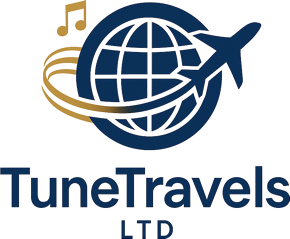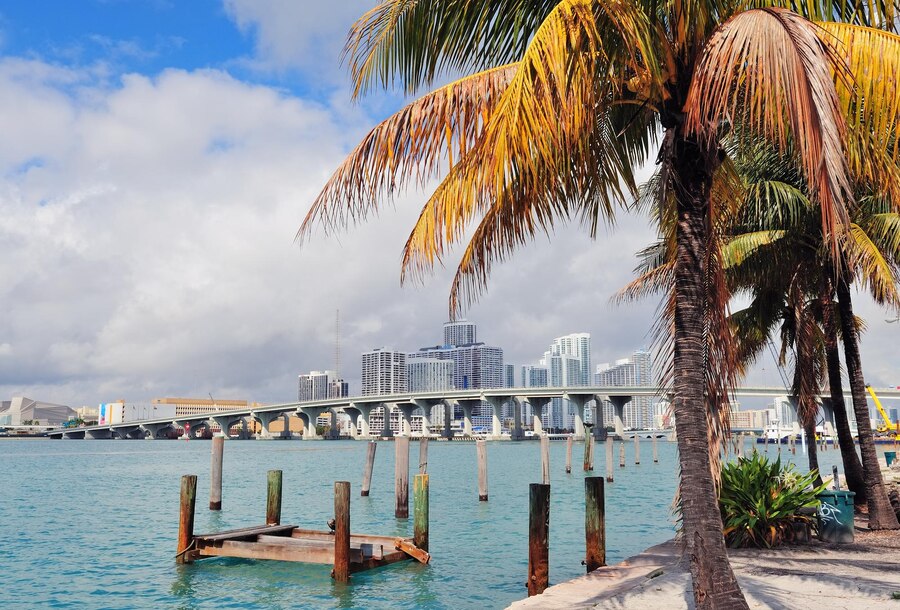
Is It Still Safe for Canadians to Travel to the United States? What You Need to Know in 2025
Many Canadians are starting to feel uneasy about traveling to the United States, especially after recent shifts in border policies and increased scrutiny at land and airport crossings. Whether you’re planning a quick shopping trip, visiting family, or heading south for work, the experience at the border may be different from what you’re used to.
To help make sense of these changes, we spoke with Heather Seagull, an immigration lawyer with over 30 years of experience. Her insights reveal both the legal realities and practical risks Canadians should be aware of before packing their bags for the U.S.
What’s Changing at the U.S. Border?
While the laws haven’t changed dramatically, the way they are enforced has. According to Seagull, there’s been a noticeable increase in the number of Canadians calling her office with concerns about U.S. entry procedures. And for good reason.
One of the biggest updates potentially affecting Canadian travelers is a new registration requirement for those entering the U.S. by land and staying more than 30 days. If you fall into this category, you may now be required to register your visit — or face penalties of up to $5,000 or six months in prison.
For air travelers, things are a bit more straightforward. You’ll receive an electronic I-94 form (essentially a registration document) upon entry, which you can view and download from the U.S. Customs and Border Protection (CBP) website. Travelers staying more than 30 days are advised to carry a printed copy of this form with them at all times.
✅ Pro Tip: Google “CBP I-94” and enter your passport details to access your travel record.
Traveling for Work? Be Prepared.
If you’re crossing the border for business, Seagull strongly recommends carrying a letter of intent or documentation explaining the purpose of your visit. Even though the rules haven’t formally changed, border officials are applying them more strictly.
Immigration officers are trained to ask:
-
What is the purpose of your visit?
-
How long are you staying?
They’re especially focused on ensuring that you aren’t planning to work in the U.S. without authorization. If your answers raise red flags and you lack documentation to support your visit, you could be denied entry on the spot.
Safer Points of Entry for Canadians
Heather’s advice? Avoid land crossings if possible and opt instead for airports with pre-clearance facilities. These include:
-
Toronto Pearson (YYZ)
-
Montreal (YUL)
-
Vancouver (YVR)
-
Calgary (YYC)
-
Ottawa (YOW)
-
Winnipeg (YWG)
If you’re denied at one of these airports, you simply return home — whereas being denied at a land border can become much more complicated.
Who Should Be Especially Cautious?
Certain groups of Canadians may face additional scrutiny at the U.S. border. These include:
-
Transgender travelers or nonbinary individuals (due to the U.S.’s current binary gender classification system)
-
Canadian citizens born in countries on U.S. travel watchlists (such as Iran or others)
-
Permanent residents of Canada with foreign birthplaces in regions currently under increased U.S. scrutiny
Seagull notes that while there’s no official policy targeting these groups, clients have reported longer questioning and greater difficulty when crossing the border — especially in states with more conservative border enforcement, like Texas.
Yes, Your Phone Can Be Searched
The Canadian government recently issued an advisory reminding citizens that there is no expectation of privacy at an international border. Your phone, laptop, and social media accounts are all fair game.
U.S. border agents are legally allowed to:
-
Inspect your devices
-
Review public social media posts
-
Request passwords (though you’re not legally obligated to provide them)
If you’re flagged, your device could be confiscated, copied, and added to U.S. government databases — with very little oversight on how your personal data is used or stored.
⚠️ Security Tip: Put sensitive information in secure cloud storage or travel with a secondary device if privacy is a major concern.
Final Thoughts: Travel Smart, Not Scared
Travel between Canada and the U.S. is still possible — but it requires more awareness and preparation than ever before. Carry documentation, know your rights, and consider entering through pre-clearance airports to avoid unnecessary headaches.
The good news? Many Canadians are still crossing the border without issues. But as Heather Seagull says, “Permission to enter the U.S. is a privilege, not a right” — so it’s wise to stay informed and plan ahead.


































